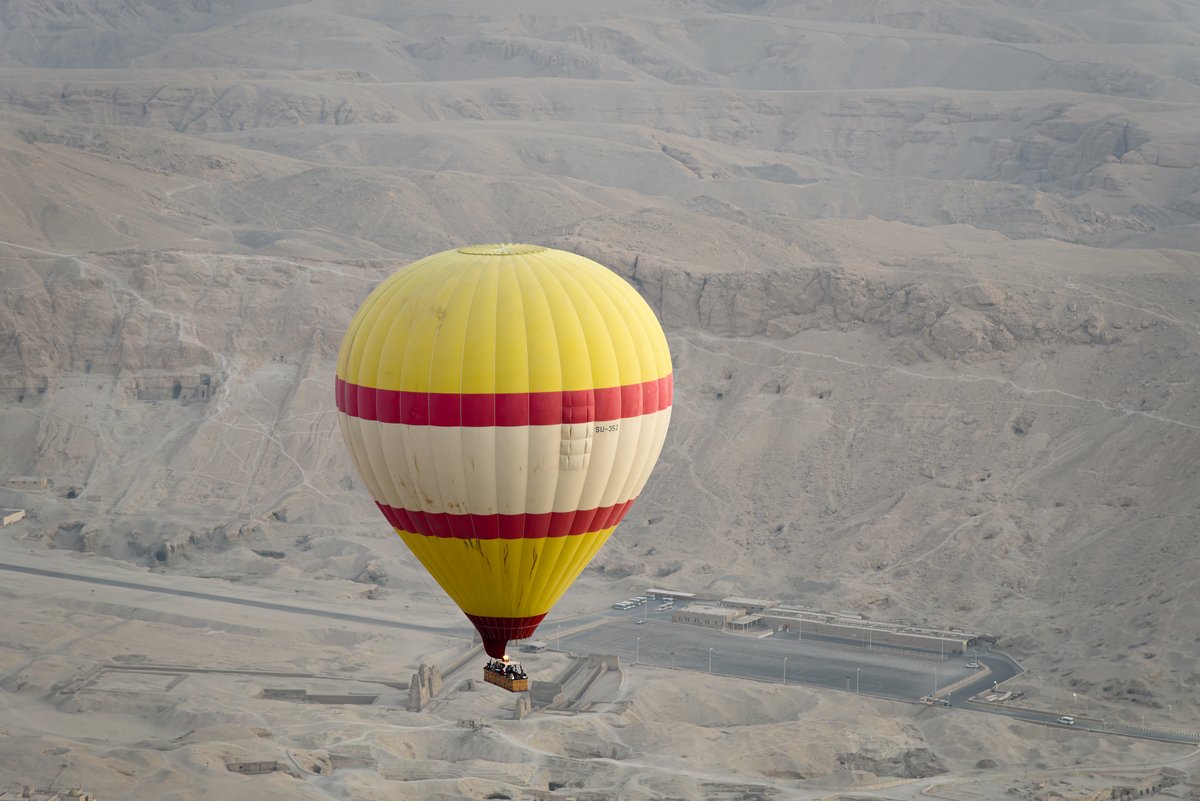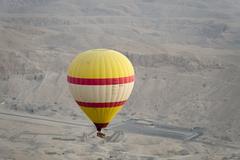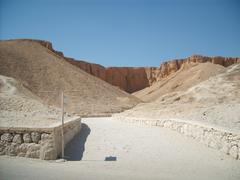
Valley of the Kings: Visiting Hours, Tickets, and Historical Sites in Luxor
Date: 17/07/2024
Introduction
Table of Contents
- Exploring the Valley of the Kings
- Visitor Information
- Nearby Attractions
- Special Events and Guided Tours
- Best Photographic Spots
- FAQ
Exploring the Valley of the Kings
History
The Valley of the Kings, nestled on the west bank of the Nile River in Luxor, Egypt, stands as a testament to the grandeur and beliefs of ancient Egypt’s New Kingdom era. This desolate yet awe-inspiring valley served as the final resting place for over 60 pharaohs and nobles for nearly 500 years, from the 16th to 11th centuries BC.
The Shift from Pyramids to Hidden Tombs
Prior to the New Kingdom, Egyptian royalty were interred in conspicuous pyramids, towering symbols of their power and divinity. However, these magnificent structures proved vulnerable to tomb robbers. Seeking a more secure alternative, the pharaohs of the 18th dynasty, starting with Thutmose I, chose to be buried in secret, rock-cut tombs carved deep into the cliffs of the secluded Valley of the Kings.
The Valley’s Topography and Symbolism
The Valley of the Kings wasn’t chosen randomly. Its isolated location, surrounded by towering cliffs and resembling the shape of a pyramid, held deep religious significance for the ancient Egyptians. The valley’s natural topography provided natural protection, while its resemblance to the underworld’s entrance, as described in ancient Egyptian mythology, made it an ideal necropolis. The valley’s western location also held symbolic importance. In ancient Egyptian beliefs, the west bank of the Nile represented the realm of the dead, where the sun god Ra journeyed each night.
The Golden Age of Tomb Construction
The Valley of the Kings witnessed its most active period during the reigns of the powerful 18th, 19th, and 20th dynasties, a period often referred to as the “Golden Age” of tomb construction. Pharaohs like Thutmose III, Amenhotep III, Seti I, Ramesses II, and Ramesses III commissioned elaborate tombs, adorned with intricate carvings, vibrant paintings, and filled with treasures beyond imagination.
The Discovery and Excavation of the Tombs
Despite the secrecy surrounding their locations, the tombs of the Valley of the Kings weren’t entirely immune to tomb robbing. Over the centuries, many were plundered. However, the valley’s remote location and the sheer number of tombs meant that some remained hidden. The systematic exploration and excavation of the Valley of the Kings began in earnest in the 18th and 19th centuries, with archaeologists and adventurers alike drawn to its mystique. The discovery of Tutankhamun’s tomb in 1922 by Howard Carter remains the most iconic find, offering an unprecedented glimpse into the burial rituals of a young pharaoh.
Visitor Information
Visiting Hours
The Valley of the Kings is open to visitors daily, typically from 6 AM to 5 PM during the winter season and from 6 AM to 7 PM during the summer season. It’s advisable to check the official website or contact local authorities for the most up-to-date visiting hours.
Tickets
Tickets can be purchased at the entrance or online through authorized vendors. General admission tickets grant access to a selection of tombs, while additional tickets are required for special tombs like those of Tutankhamun, Seti I, and Ramesses VI. Prices can vary, so it’s recommended to check current rates before planning your visit.
Travel Tips
- Early Arrival: Arrive early to avoid crowds and the midday heat.
- Comfortable Footwear: Wear sturdy and comfortable shoes, as you’ll be doing a lot of walking on uneven terrain.
- Hydration and Sun Protection: Bring plenty of water, sunscreen, and a hat to protect yourself from the intense sun.
- Guided Tours: Consider hiring a licensed guide to enrich your experience with detailed historical insights.
Accessibility
While the Valley of the Kings poses some challenges for visitors with mobility issues due to its rugged terrain, efforts have been made to improve accessibility. Some tombs have ramps and pathways suitable for wheelchairs. It’s advisable to check with local authorities or tour operators for specific accessibility information.
Nearby Attractions
- Karnak Temple: A vast complex of temples, chapels, and pylons dedicated to the Theban Triad, located just a short drive away.
- Luxor Temple: Another magnificent temple complex situated in the heart of Luxor, known for its grand colonnade and Avenue of Sphinxes.
- Hatshepsut’s Temple: A mortuary temple built for the female pharaoh Hatshepsut, nestled beneath the cliffs at Deir el-Bahari.
- Colossi of Memnon: Two massive stone statues of Pharaoh Amenhotep III that have stood for nearly 3,400 years.
Special Events and Guided Tours
The Valley of the Kings occasionally hosts special events, including night tours and educational programs. Check the official website or local tour operators for information on upcoming events. Guided tours are highly recommended to gain deeper insights into the history and significance of the tombs.
Best Photographic Spots
- Tomb Entrances: Capture the grandeur of the tomb entrances with the cliffs as a backdrop.
- Panoramic Views: Head to higher ground for panoramic shots of the valley and surrounding landscape.
- Intricate Carvings and Paintings: Focus on the detailed artwork inside the tombs for stunning close-up photographs.
FAQ
What are the visiting hours for the Valley of the Kings? The Valley of the Kings is open daily, typically from 6 AM to 5 PM in winter and 6 AM to 7 PM in summer. Check the official website for the latest information.
How much do tickets to the Valley of the Kings cost? Ticket prices vary. General admission tickets are available, with additional fees for special tombs like Tutankhamun’s. Check current rates before your visit.
Are there guided tours available? Yes, guided tours are available and highly recommended for a more enriching experience. Licensed guides offer detailed historical insights.
Is the Valley of the Kings accessible for visitors with mobility issues? Some tombs have ramps and pathways suitable for wheelchairs, but the terrain can be challenging. Check with local authorities or tour operators for specific accessibility information.
Conclusion
The Valley of the Kings is more than just a collection of tombs; it’s a journey through time, offering a profound connection to ancient Egypt’s rich history, religious beliefs, and artistic achievements. It serves as a reminder of the enduring power of human ingenuity and the timeless fascination with life, death, and the mysteries that lie beyond.
Call to Action
Planning a visit to the Valley of the Kings? Download our mobile app Audiala for more travel tips and updates, check out our other related posts, and follow us on social media for the latest news and discoveries.
































































